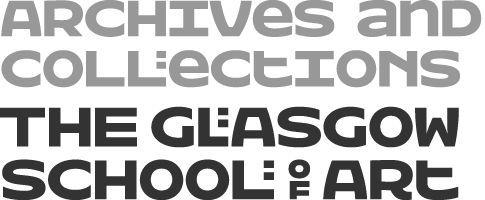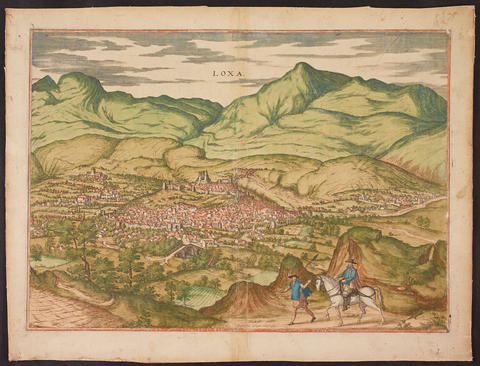License:
 This image is provided under a Creative Commons BY-NC-SA License. You can download this version for private study or non-commercial use. Our terms, conditions and copyright policy (PDF) contains further information about acceptable usage. If you are seeking permission to publish, please contact us ›
This image is provided under a Creative Commons BY-NC-SA License. You can download this version for private study or non-commercial use. Our terms, conditions and copyright policy (PDF) contains further information about acceptable usage. If you are seeking permission to publish, please contact us ›
Please click here if you would like to request a larger, high-resolution version ›
Key Information
Reference code
Title
Date(s)
- 1560s (Creation)
Level of description
Item
Extent
1
Content and Structure
Scope and content
Appraisal, destruction and scheduling
Accruals
System of arrangement
General Information
Name of creator
Biographical history
Self-taught artist Joris Hoefnagel was a pivotal figure in the history of art from the Netherlands, both as the last important Flemish manuscript illuminator and one of the first artists to work in the new genre of still life. A true Renaissance man, Hoefnagel wrote Latin poetry, mastered several languages, played a variety of musical instruments, and sold drawings, in addition to making topographical drawings, maps, oil paintings, and illuminations. Born to wealthy merchant parents, Hoefnagel traveled to England, France, and Spain in his youth, recording his experiences in topographical drawings. These were later used as models for a six-volume atlas. In the autumn of 1577, after Spanish troops had invaded Antwerp, Hoefnagel journeyed south with cartographer Abraham Ortelius. During this trip, Albert V, duke of Bavaria, hired Hoefnagel as a court artist. It was at this time that Hoefnagel completed his first major work, a multi-volume book of natural history miniatures. In 1591, Hoefnagel was appointed court artist to Holy Roman Emperor Rudolf II, a collector known not just for his art but for his Kunstkammer, or cabinet of curiosities.
Archival history
Custodial history
Physical Description and Conditions of Use
Conditions governing access
Conditions governing reproduction
Language of material
Script of material
Language and script notes
Physical Description
coloured engraving
Dimensions: 416 x 546 mm
Finding aids
Related Material
Existence and location of originals
Existence and location of copies
Related materials
Notes area
Alternative identifier(s)
Keywords/Tags
Subjects
Place access points
People and Organisations
Genre access points
Status
Level of detail
Processing information
Language(s)
Script(s)
Sources
Digitised item metadata
Filename
NMC_0182.jpg
Latitude
Longitude
Media type
Image
Mime-type
image/jpeg


